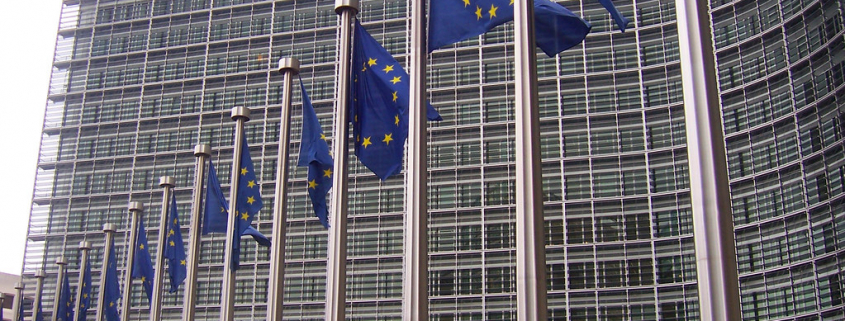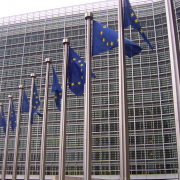The EU’s Standing Committee on Vegetables, Animals, Food and Feed plans to meet on March 23 and 24 to decide if they continue to authorize the use of mancozeb, the seventh most widely used pesticide in Spain.
Mancozeb is a fungicide that has been associated with different possible health effects by many scientists. One of the metabolites of this type of pesticide, ethylenediourea (ETU), has been associated with birth defects and cancer in laboratory animals. It can also cause hormonal changes and it is toxic for reproduction. It also represents a significant risk for birds, mammals, insects, and soil organisms.
The Risk Assessment Committee (RAC) of the European Chemical Agency (ECHA) had classified mancozeb as a substance “toxic for reproduction 1B” (R1B) due to the severity of the brain malformations caused by the aforementioned metabolite (ETU) that have been observed in offspring.
No more reasons are needed
Being a classified reprotoxic pesticide should already be enough for a ban, according to Directive 1107/2009, Annex II, 3.6.4 of the EU. Hans Muilerman, of PAN Europe, specialized in the problem of pesticides, considers that “there probably is no other pesticide with more reasons to be banned.”
In addition, he denounced that the industry is intimidating the EFSA and the European Commission saying it can take them to court because part of the data they handle about the pesticide is confidential.
A large number of studies carried out by academic science, that don’t depend on the industry, have linked this pesticide to different health risks. The prestigious Collegium Ramazzini in Bologna associated this substance with eight different types of cancer. Other research has associated it with thyroid problems or neurotoxicity (such as Parkinson’s).
Mancozeb was approved in the EU in 2006 for very wide use, based on dubious data. This approval should have been reviewed in 2016 by the European Commission, but it was not done alleging a high workload, and the authorization was extended without further ado. The last extension, in 2019, was contested by the European Parliament.
The Standing Committee is currently expected to decide on the substance at its meeting next week. It is a historical moment. For the first time in 20 years and after accumulating scientific evidence, the Commission and the EU Member States are debating the possibility of banning it.
Source: Agropages
Image source: “Banderas Europeas en el Berlaymont (Bruselas)” by Amio Cajander. is marked with CC BY-SA 2.0.



